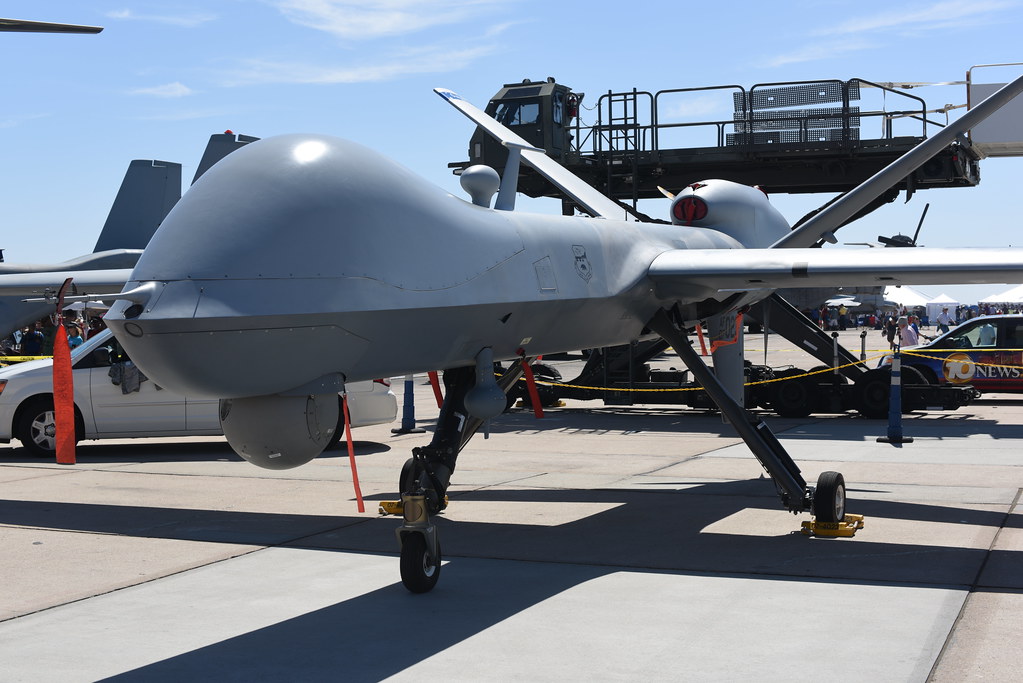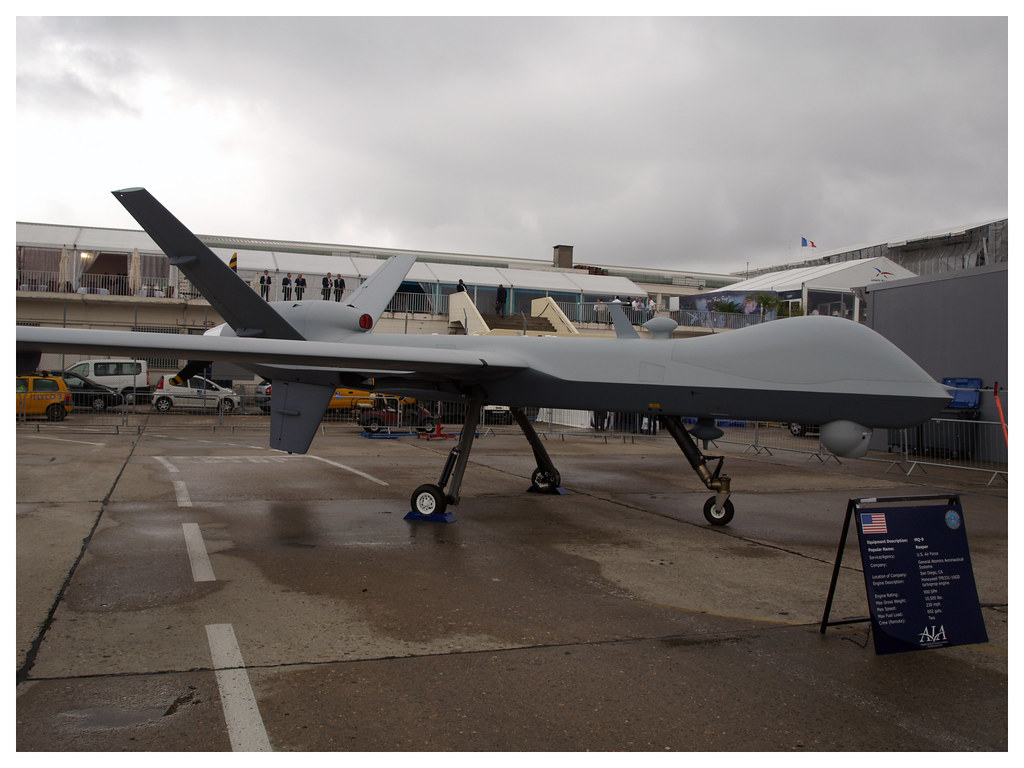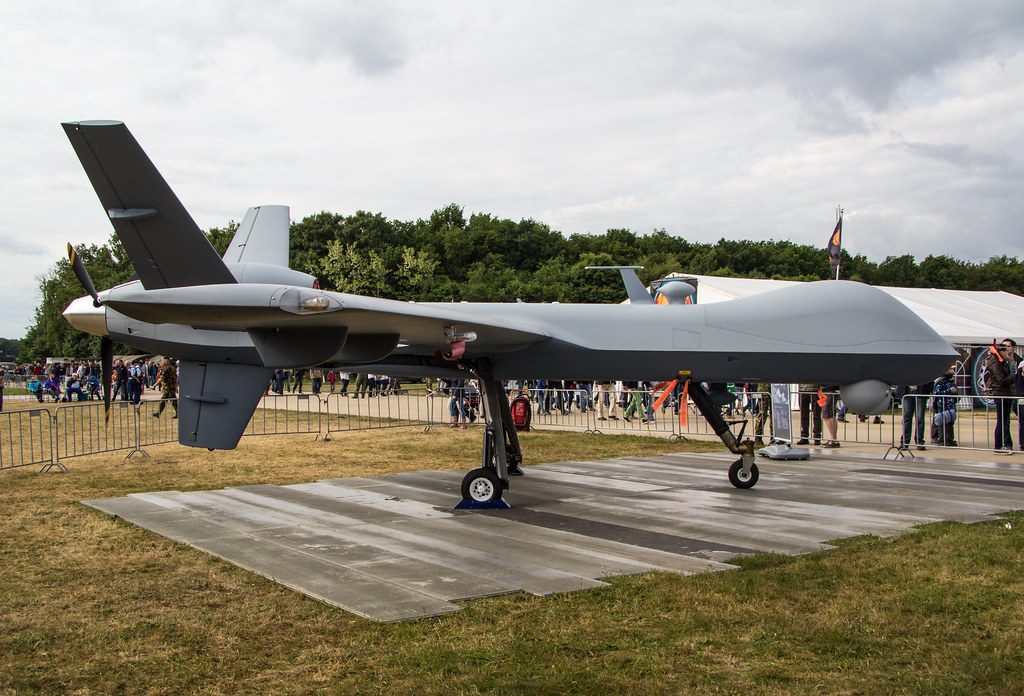
General Atomics Aeronautical Systems, Inc. (GA-ASI) has announced a significant boost in the defense capabilities of the MQ-9A Reaper drones, introducing advanced cybersecurity measures and an innovative anti-aircraft defense system.

These enhancements are designed to protect the remotely piloted aircraft against sophisticated cyber-attacks and physical threats, ensuring the MQ-9A remains a pivotal asset in modern military operations.

The upgrade includes a partnership with cybersecurity firm Shift5, focusing on onboarding cyber anomaly detection and predictive maintenance technologies.

The collaboration addresses the vital need to shield key military assets from cyber threats, which have become increasingly common in military operations reliant on remotely piloted systems.

“The battlefield of the future will include more remotely piloted, autonomous, and unmanned systems. Central to maintaining advantage in this operating environment is access to real-time data,” stated Josh Lospinoso, CEO and co-founder of Shift5.

To counteract anti-aircraft and missile threats, GA-ASI is also developing an Airborne Battlespace Awareness and Defense (ABAD) pod. This pod is set to provide the MQ-9A with advanced sensory capabilities, integrating cutting-edge electronic warfare technology and infrared countermeasure systems.

David R. Alexander, president of GA-ASI, highlighted the importance of threat awareness and survivability, stating, “ABAD will enable the tracking of RF and IR missile threats, enable defensive measures, and real-time threat awareness for MQ-9A.”

These updates reflect the dynamic nature of contemporary warfare and the need for constant adaptation to emerging threats. The MQ-9A has faced setbacks, including incidents where the drones were shot down by missile fire from Iran-backed Houthi rebels in Yemen and a collision with a Russian Su-27 over the Black Sea. Such events underscore the urgency for enhanced defenses.

GA-ASI’s initiative aims to maintain the MQ-9A’s operational flexibility and its ability to carry out persistent surveillance and strike missions.

With a payload capacity of 3,850 pounds, over 27 hours of endurance, and the ability to operate up to 50,000 feet, the MQ-9A’s capabilities are extensive.

The Extended Range variant further improves these qualities, extending endurance from 27 to 34 hours and reinforcing landing gear for added operational flexibility.

The collaborative efforts between GA-ASI and Shift5, established to meet the critical needs of the United States Special Operations Command (USSOCOM) and the Air Force Special Operations Command (AFSOC), are leveraging Shift5’s cybersecurity solutions expertise to provide a comprehensive platform for operational data and insights. This allows operators to quickly transition from data analysis to decisive action.

The enhancements are part of GA-ASI’s continuous improvement philosophy, ensuring that the MQ-9A adapts to the changing needs of its operators.

As unmanned systems continue to play a crucial role in military operations, upgrades like these are essential to maintaining their efficacy and protecting them against both traditional and novel threats.

The future operational landscape is expected to include more remotely piloted and autonomous systems, and the MQ-9A Reaper’s latest upgrades represent a proactive approach to sustaining an edge in such an environment.
Relevant articles:
– 9 Reaper Enhanced for Better Cybersecurity and Anti, Army Recognition
– Major MQ-9A Reaper Drone Upgrades to Fight Cyber, Anti-Aircraft Threats, The Defense Post
– MQ-9 Reaper Gets New Capabilities Against Cyber And Anti-Aircraft Threats, The Aviationist
– 9A Reaper® more resilient against cyber threats & anti, Breaking Defense

